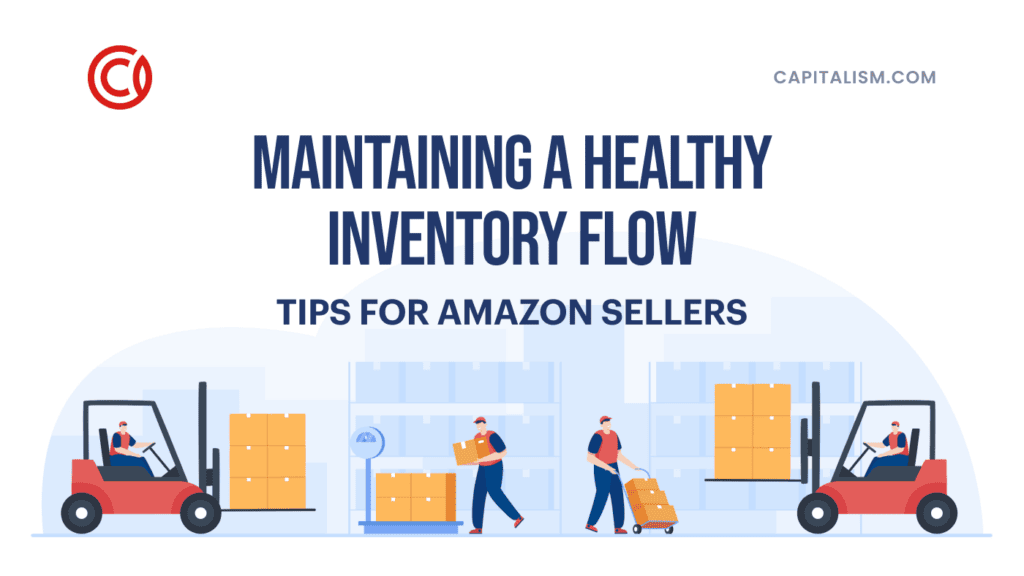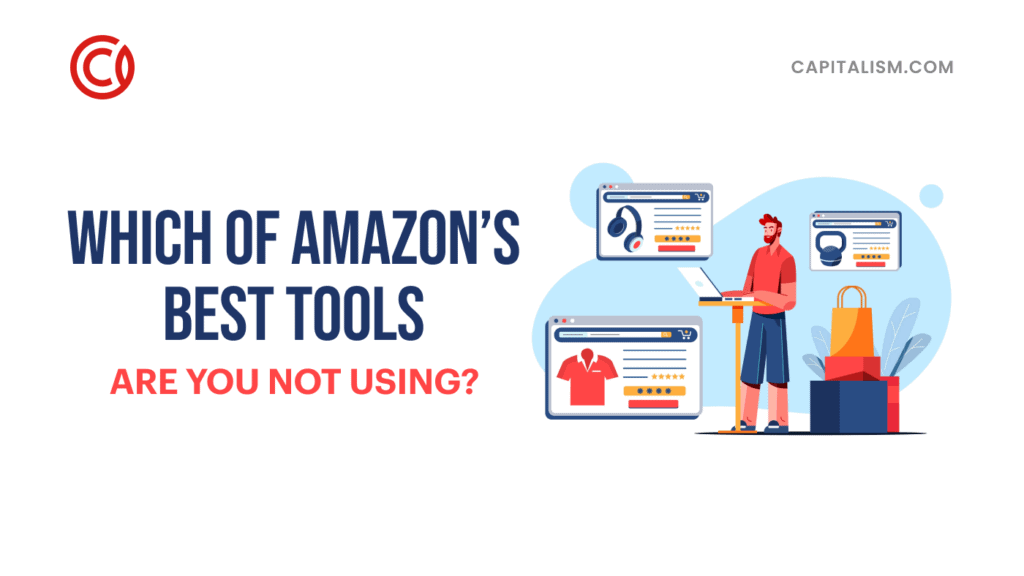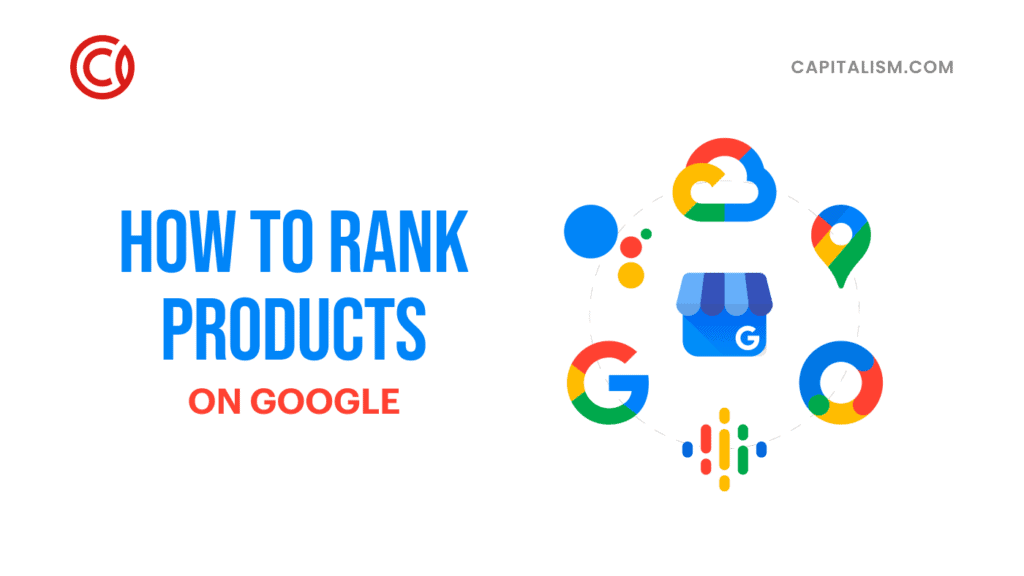Living in a capitalistic society means freedom – the freedom to work whatever job you want, be self-employed, start a business, or become an investor of money.
When entrepreneurs take the leap into starting their own business, they do so for a slew of benefits: being your own boss, freedom of schedule, potential for massive income growth, etc. They pursue these goals not just for lifestyle optimization, but out of necessity. Long gone are the days of working the same 9-5 job for 40 years, rising through the company structure, and retiring with a pension. That worked for Grandpa, but times are different now.
Today’s corporate world is often characterized by office politics, long hours, meager pay raises, and a lack of freedom. At the same time, entrepreneurship has never been so common or accessible. You can start your online business in a day and start making a living soon thereafter. A huge portion of the population is experimenting and succeeding in this new world of business.
Unfortunately, entrepreneurs often fall into two major traps. First, they get tunnel vision with their business. They invest all of their time and money into getting it started, then reinvest all their revenue back into it. Before long, they have all their eggs in one basket. The second trap is constricting their freedom. Many business owners find that they work longer and harder hours than they did as an employee. If you’re a workaholic, that's fine, but for those who seek freedom, that sounds like one step forward and two steps backward.
The Four Quadrants to Making Money
To further explain, let's look at the four quadrant concept from Robert Kiyosaki, the author of the bestseller Rich Dad Poor Dad. It is essentially a hierarchy of how people make their money, starting at the bottom as an employee, and working its way to the top as an investor. Following is a brief explanation of each quadrant.
E – Employee
As an employee, you trade your time for a paycheck. There is no passive income. If you don’t work, you don’t get paid. Somebody else dictates your schedule. Pay raises are often small and infrequent. The only freedom you have here is trying to find a new job.
S – Self-Employed
This is a lot like being an employee, except you now do not work in a company. This is where freelancers fit in. In this situation, you avoid some of the negatives of typical employment, but you are still working at an hourly rate. In this quadrant, you have some freedom in deciding your hours and which clients you work for, but you do not separate your time from money.
B – Business Owner
Owning a business is a major step up from the previous two quadrants. As a business owner, you set up a money-making system. That system does require time investment and upkeep, but you are no longer directly trading your time for money. This is not total freedom, but it’s getting closer.
I – Investor
The final stage is the most powerful and passive of all. Here, you can invest in assets like real estate that generate regular cash flow. Investments in this category will not have the headaches and stress associated with business ownership. In this quadrant, your money works for you. Now that is total freedom.
Diversify to Avoid Tunnel Vision, Minimize Risk
With freedom comes choices, but some business owners and investors experience tunnel vision in their strategies. To avoid this trap, you need to branch out. Intense focus is essential in building and growing your business, but it can also be a double-edged sword. If you focus too much, you miss out on other opportunities. A single-focused company can be taken away from you at any time. Amazon sellers get banned for trivial reasons, Instagram models get their accounts hacked, and any business can be sunk by a more powerful or innovative competitor.
The best way to diversify is by investing in hard assets, like real estate. You may be asking, “What about stocks”? While it is a common investment strategy, it is not recommended to invest a lot of money into playing with the sharks in the stock market. Real estate is a better bet. It is generally free of the massive volatility that characterizes stocks, and it is based on a highly useful, physical product. Diversification is very important. Devoting some time and capital to alternate investments makes your entire financial machine more versatile.
To avoid the lack of freedom trap, focus on assets that are more passive (i.e. that require less of your time) than managing your own business. Oftentimes, you’ll hear from smart business owners that there really is no such thing as fully passive business income. Everything takes upkeep. If you’re a blogger, you need to keep publishing content in order to make a living. If you sell a physical product, you need to make sure that product is always in stock and that customers are still finding and buying it. The best way to make your money work for you without putting excess time into managing it is through outside investment.
Think about the four quadrant model. Where are you? Where would you like to be? If you are self-employed or a business owner, you have already made progress rising up that hierarchy, however there is more room to grow. Are you ready to take the next step and become an investor? Would you like to make your money work for you and enjoy the highest level of freedom possible? If so, click here to learn some of my investing tips for earning passive income. If your looking to start right away, go here: https://www.fourpeakspartners.com











